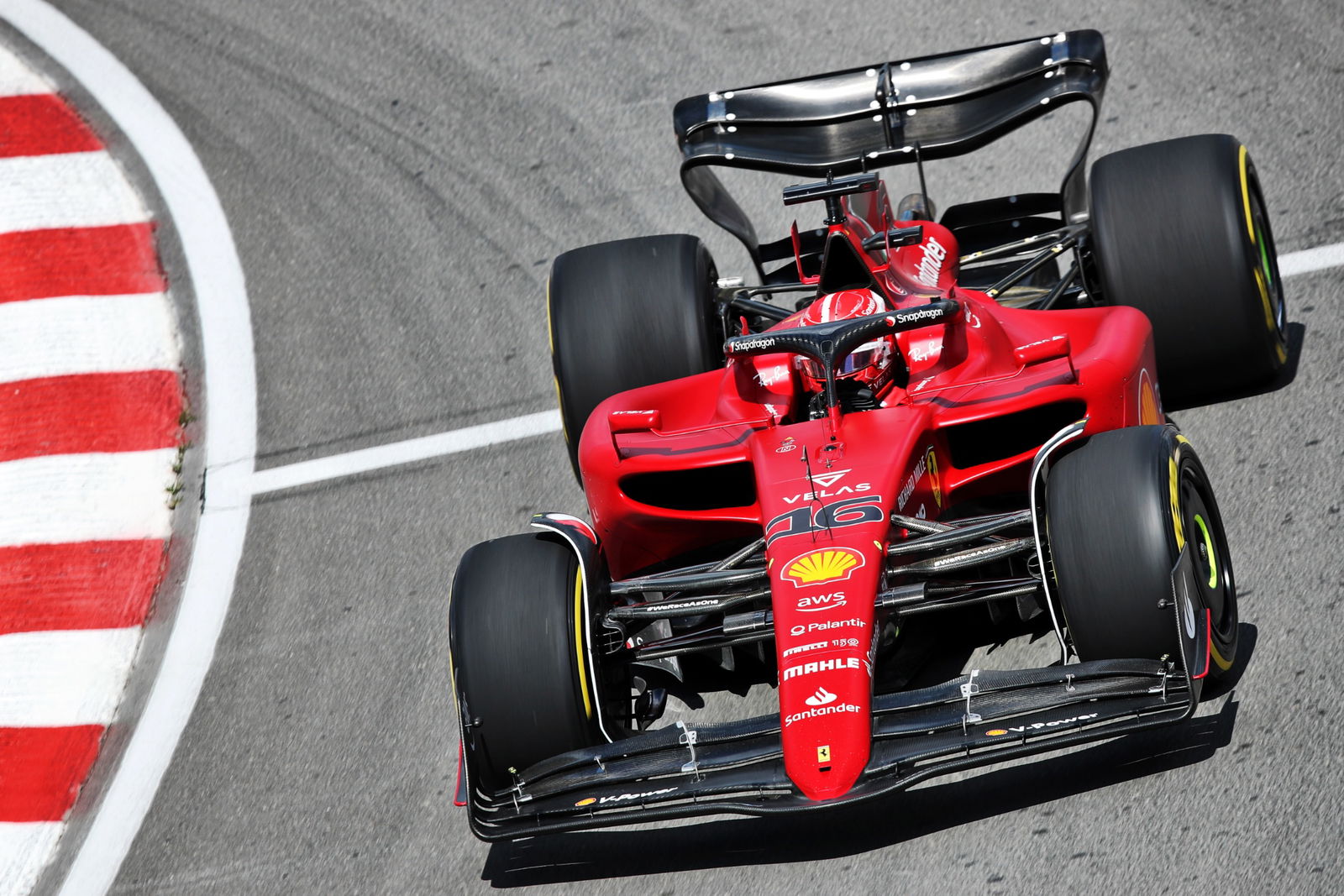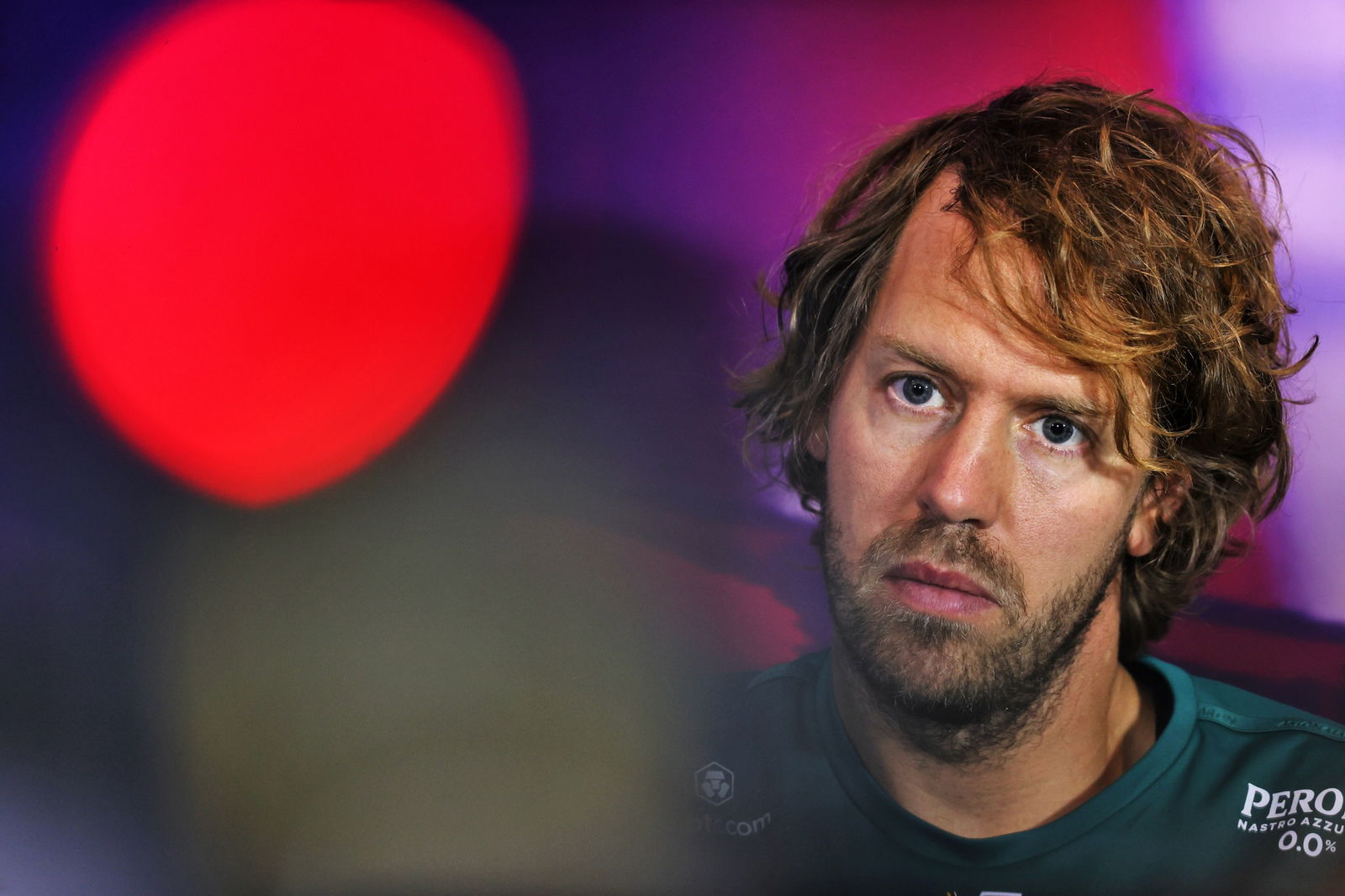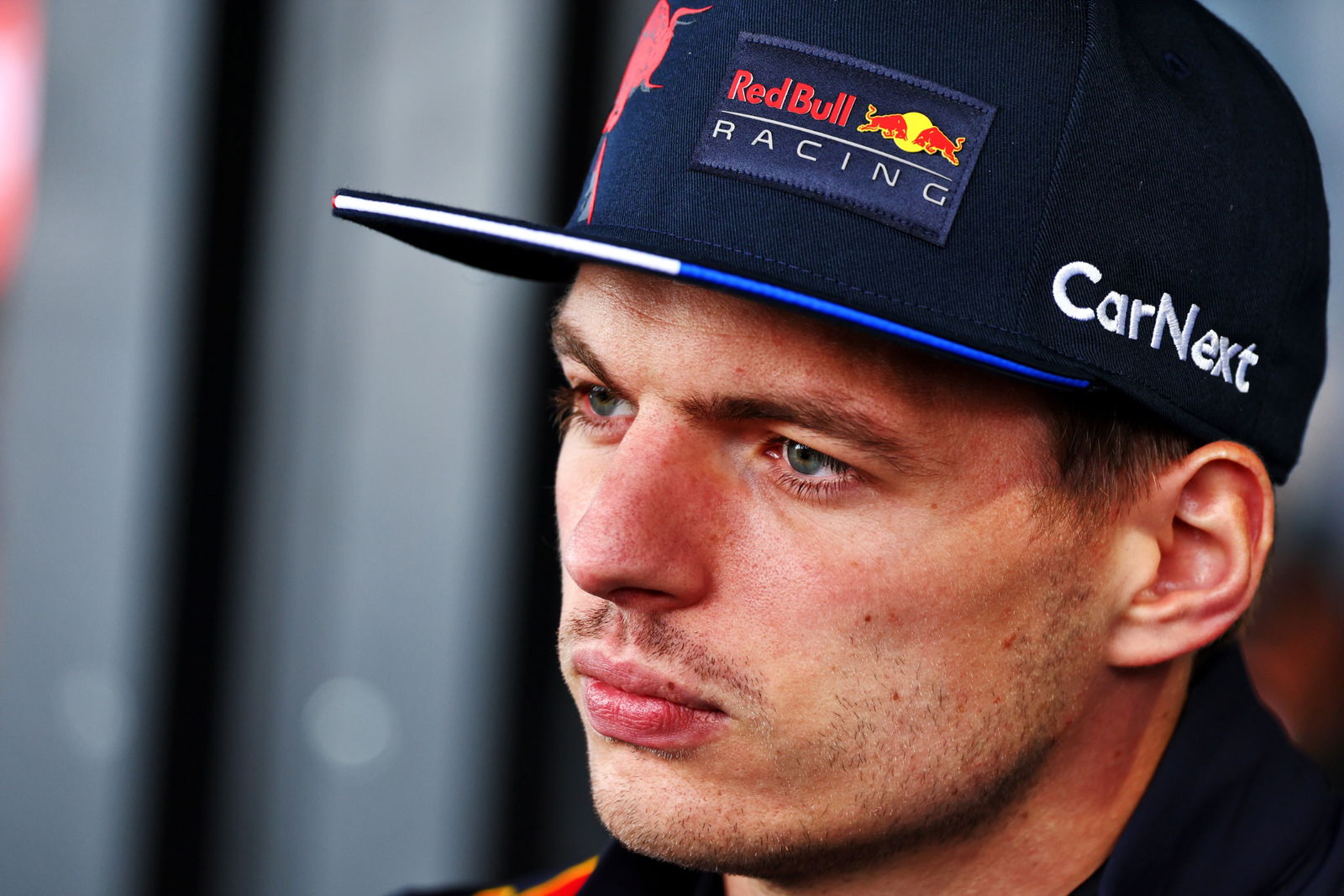F1 British Grand Prix: Teams given two races to solve porpoising before new rules

The stricter technical directive comes after an initial move by the FIA at the Canadian Grand Prix to reduce the effects of porpoising.
There were a lot of calls for the FIA to get involved following the Azerbaijan Grand Prix after Lewis Hamilton struggled to get out of the cockpit of his Mercedes W13 due to the severe bouncing which caused him back pain.
Mercedes teammate and GPDA director George Russell warned that it was just “a matter of time” before F1 witnessed a “major incident” due to the porpoising.
The FIA has since taken action with an updated technical directive for F1’s race at the Circuit Paul Ricard.
All teams will have access to the updated guidelines from the FIA and have two races to make any necessary changes to comply with the new rules.
As a result of the FIA’s analysis, they now have a metric in place following its investigation into vertical oscillation data with all 10 teams now required to meet updated parameters relating to plank wear and skid stiffness.

F1’s governing body believes that “these changes are necessary in order to provide a level playing field between the teams when the metric is implemented.”
The FIA’s statement read in full: “In connection with safety concern previously raised by the FIA regarding the vertical oscillation [porpoising] of the new generation of Formula 1 cars, the FIA is now taking the next steps to address this issue and has sent a draft update to the Technical Directive issued prior to the Canadian Grand Prix to the teams.
“The FIA's analysis of vertical oscillation data has concluded, and we have defined a metric by which to monitor this - the update has been sent to teams to allow them to conduct their own analysis over the next two grands prix to understand what, if any, changes they may need to implement in order to be compliant when the Technical Directive becomes effective as of the French Grand Prix.
“Additionally, the Technical Directive also sets out some updated parameters relating to plank wear and skid stiffness, which are inherently related to the same issue, and go hand-in-hand with the metric. These changes are necessary in order to provide a level playing field between the teams when the metric is implemented.”


